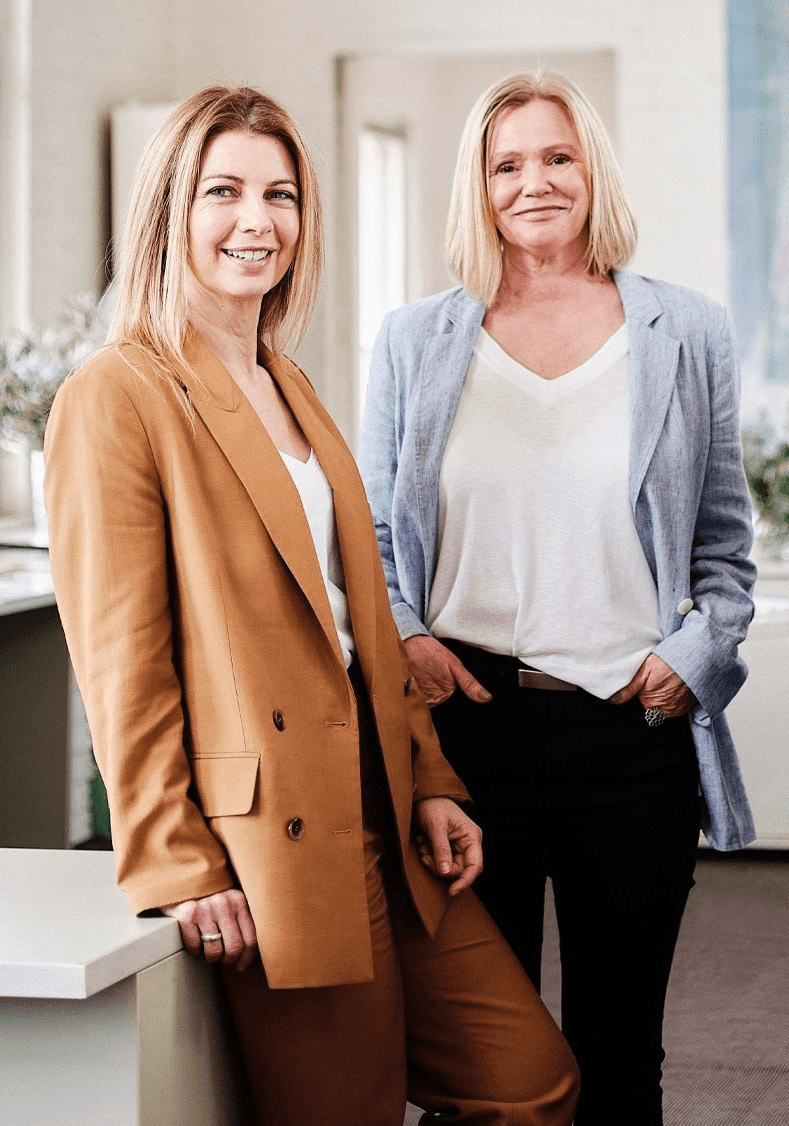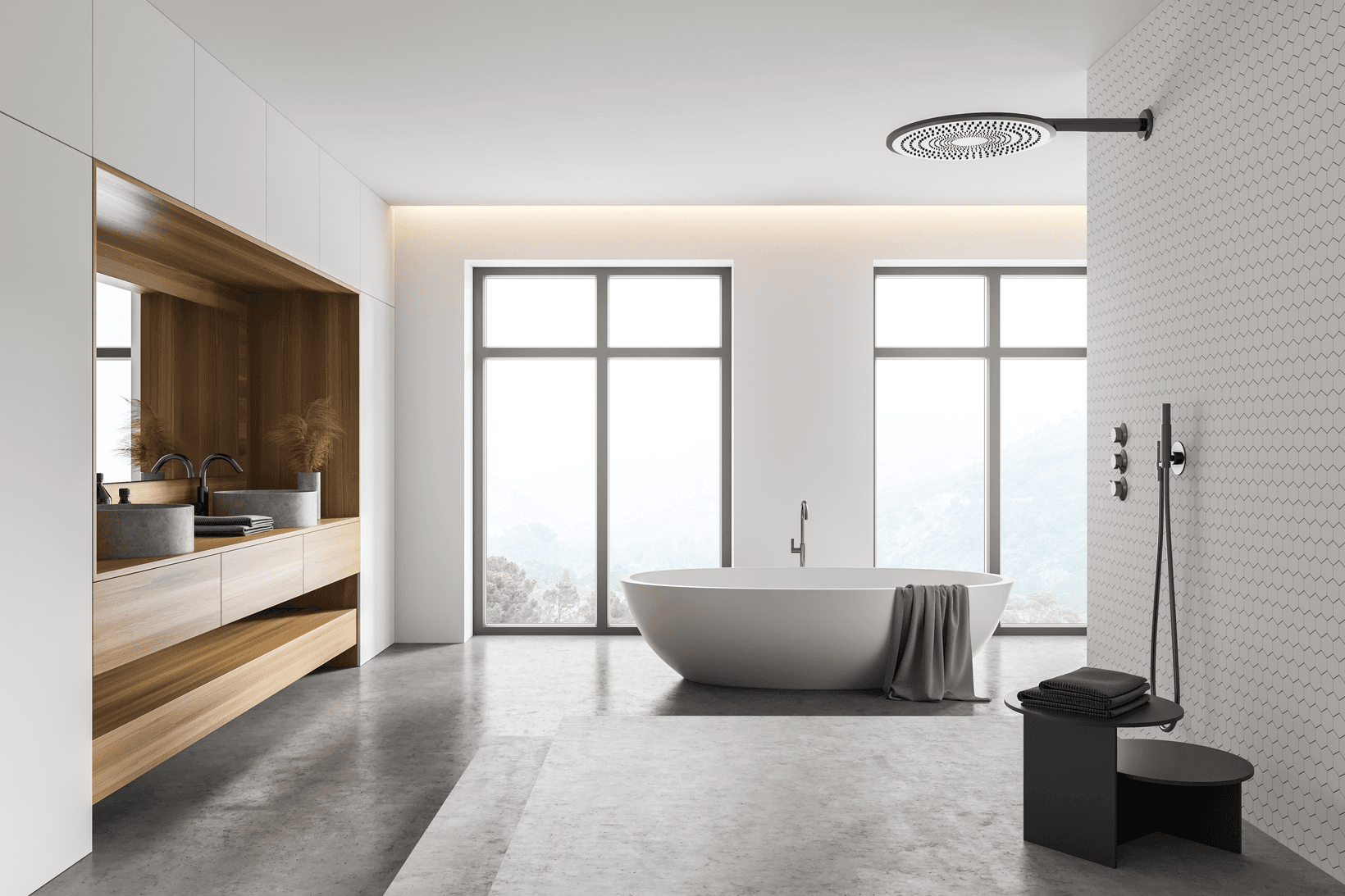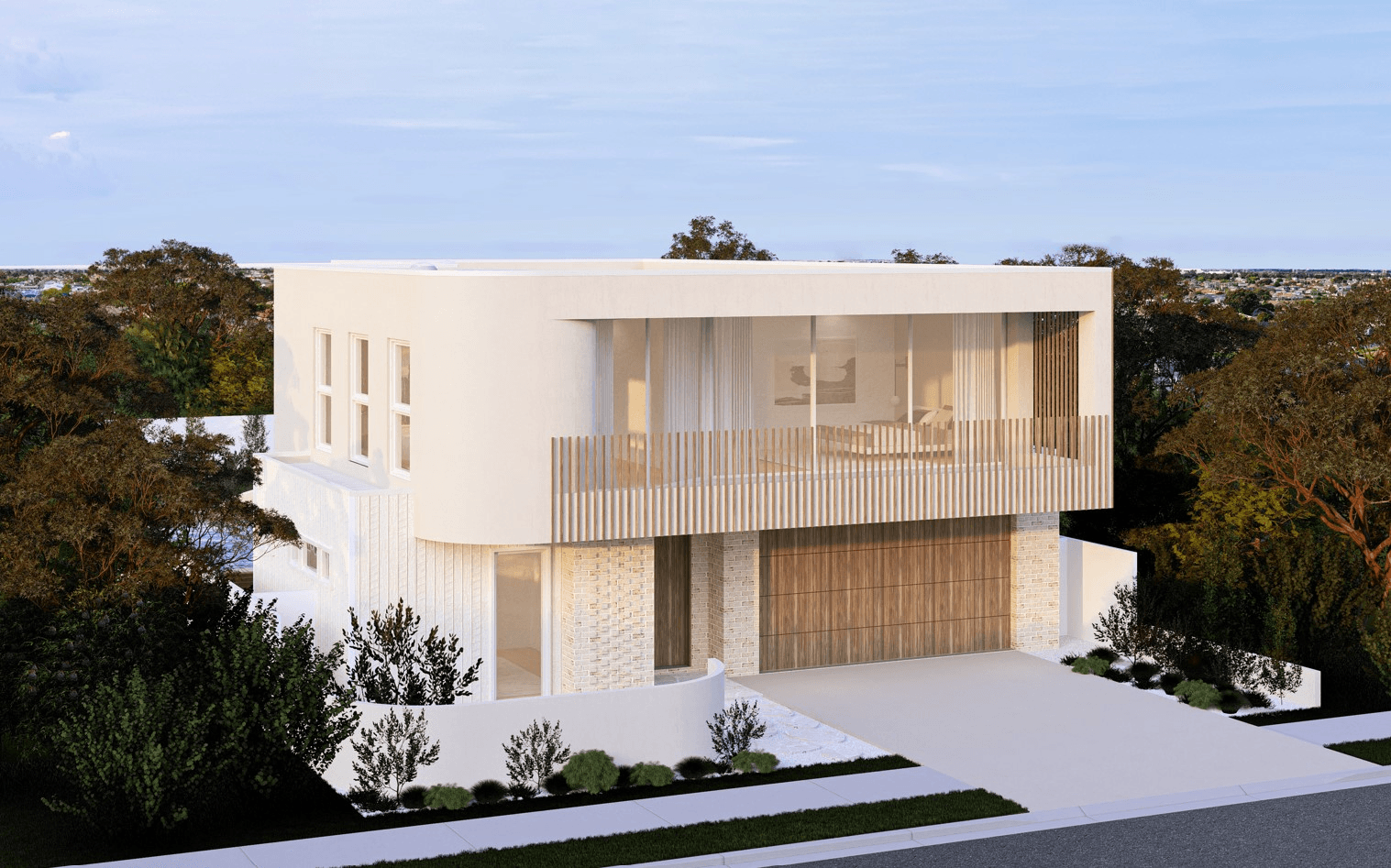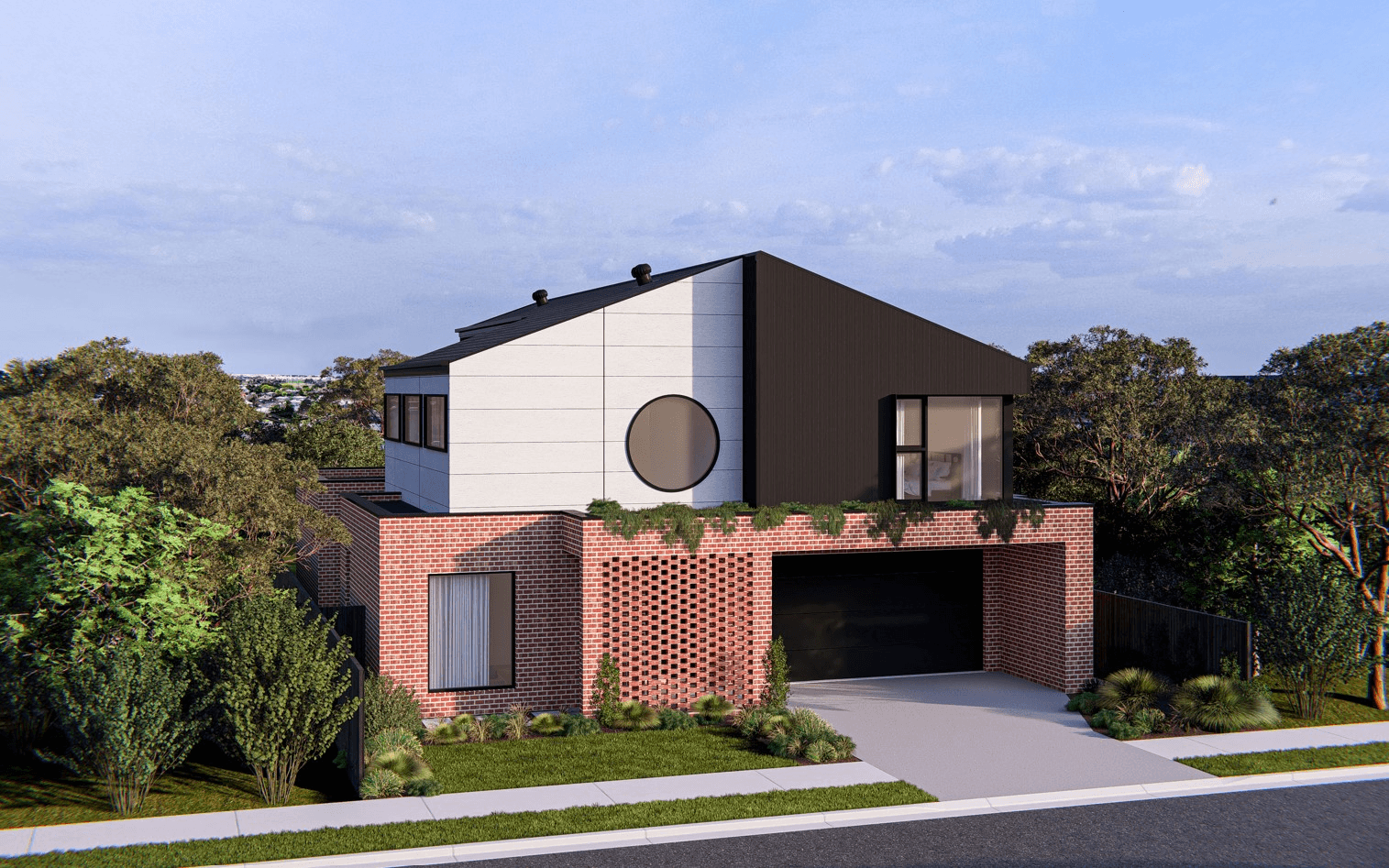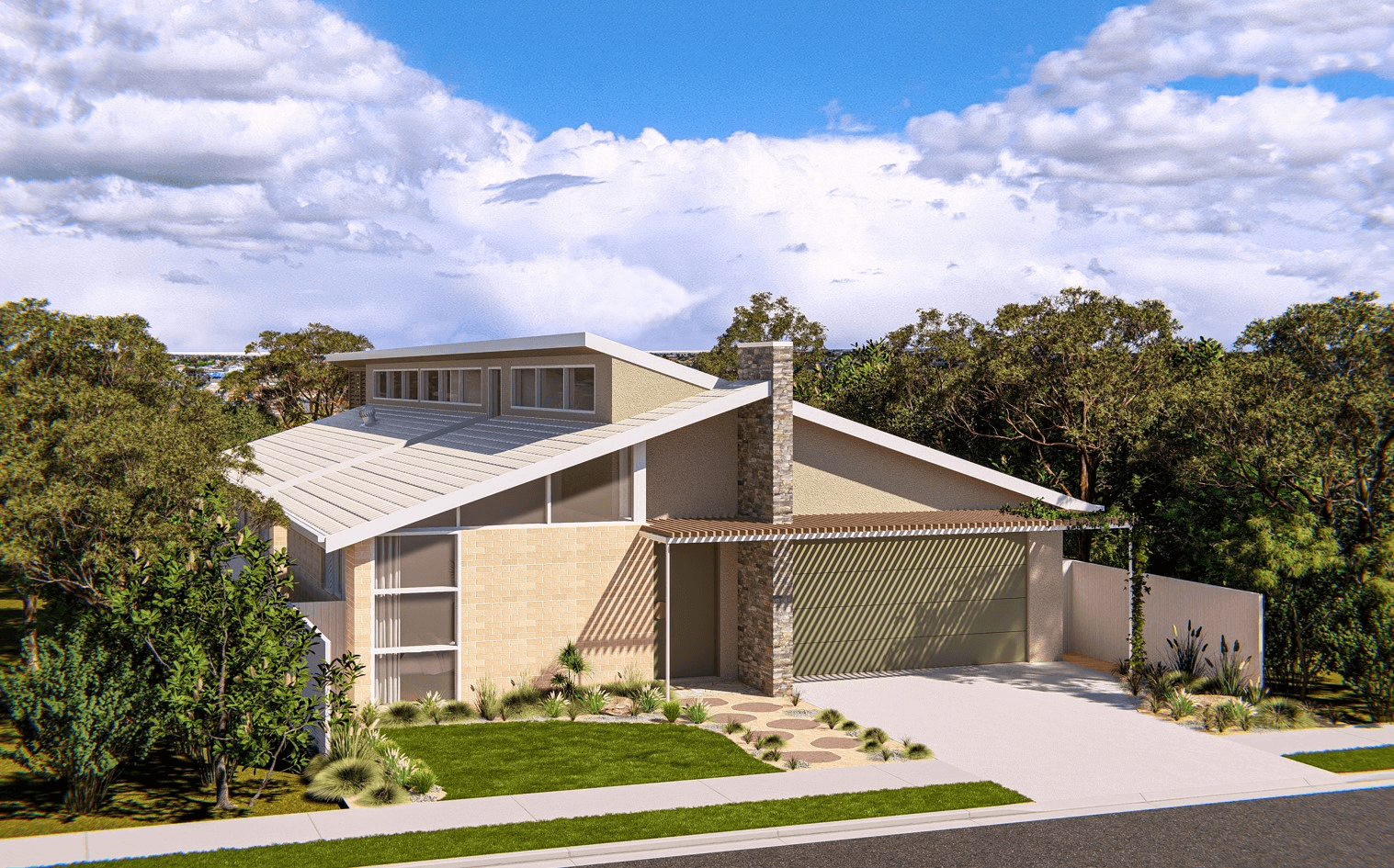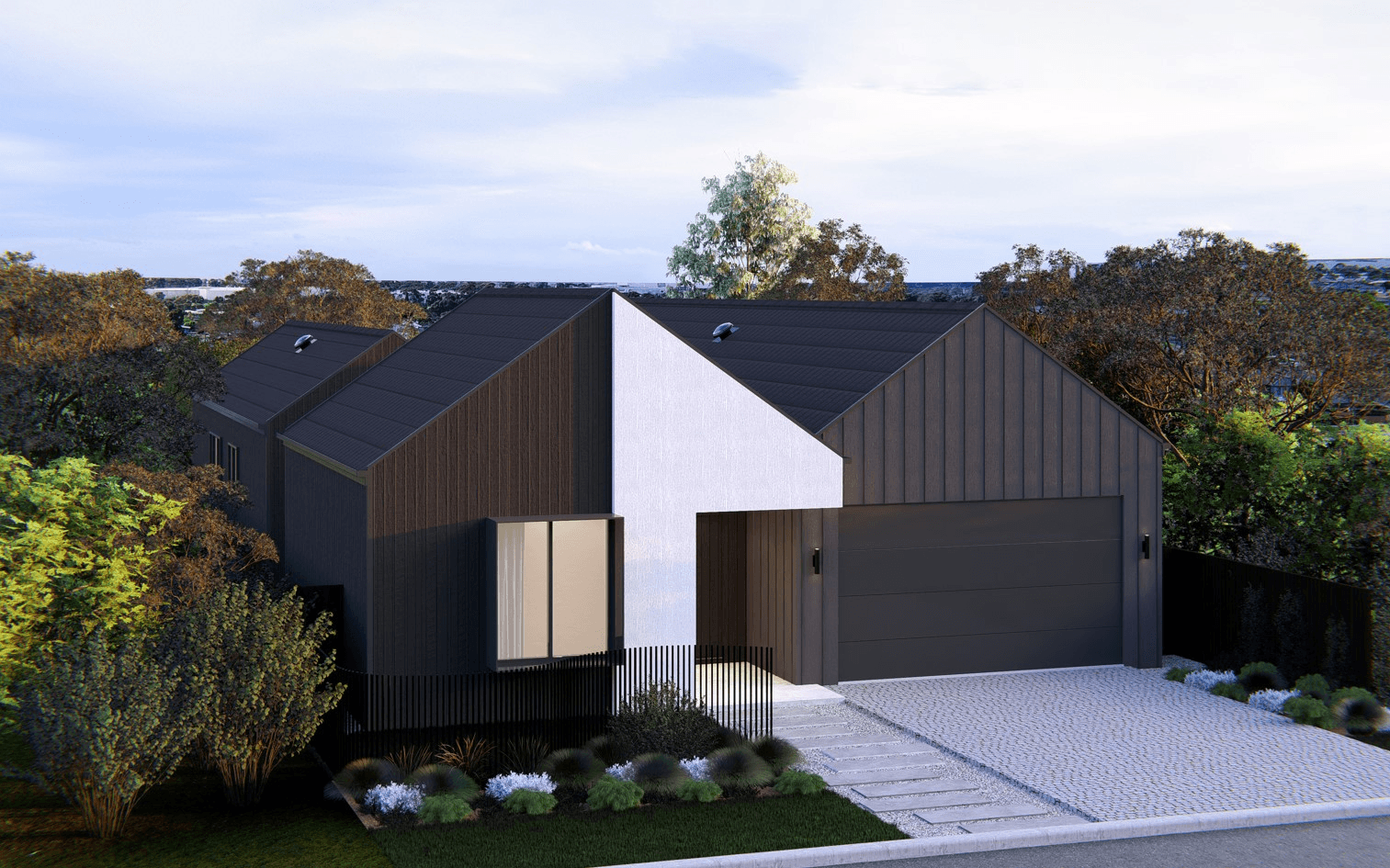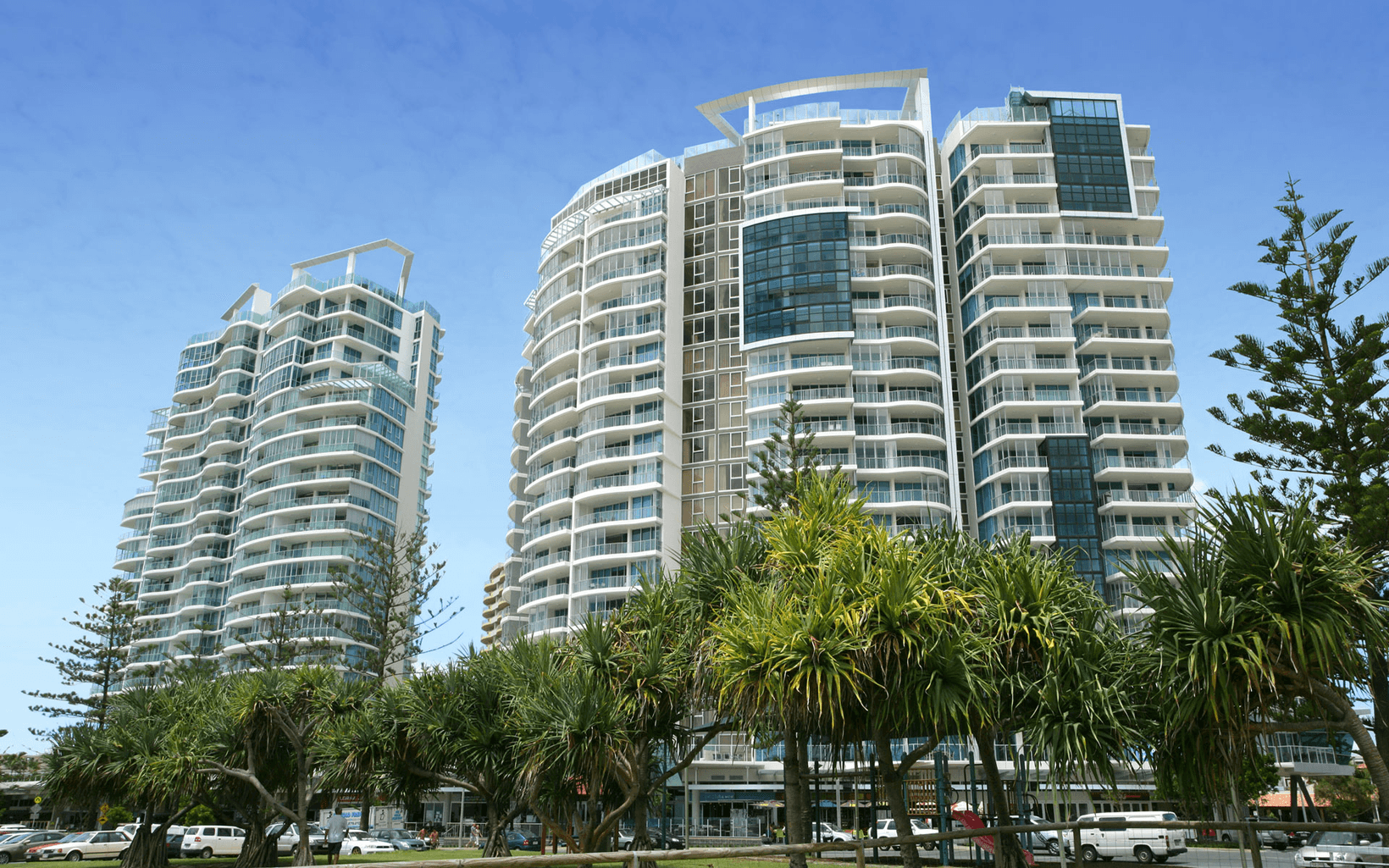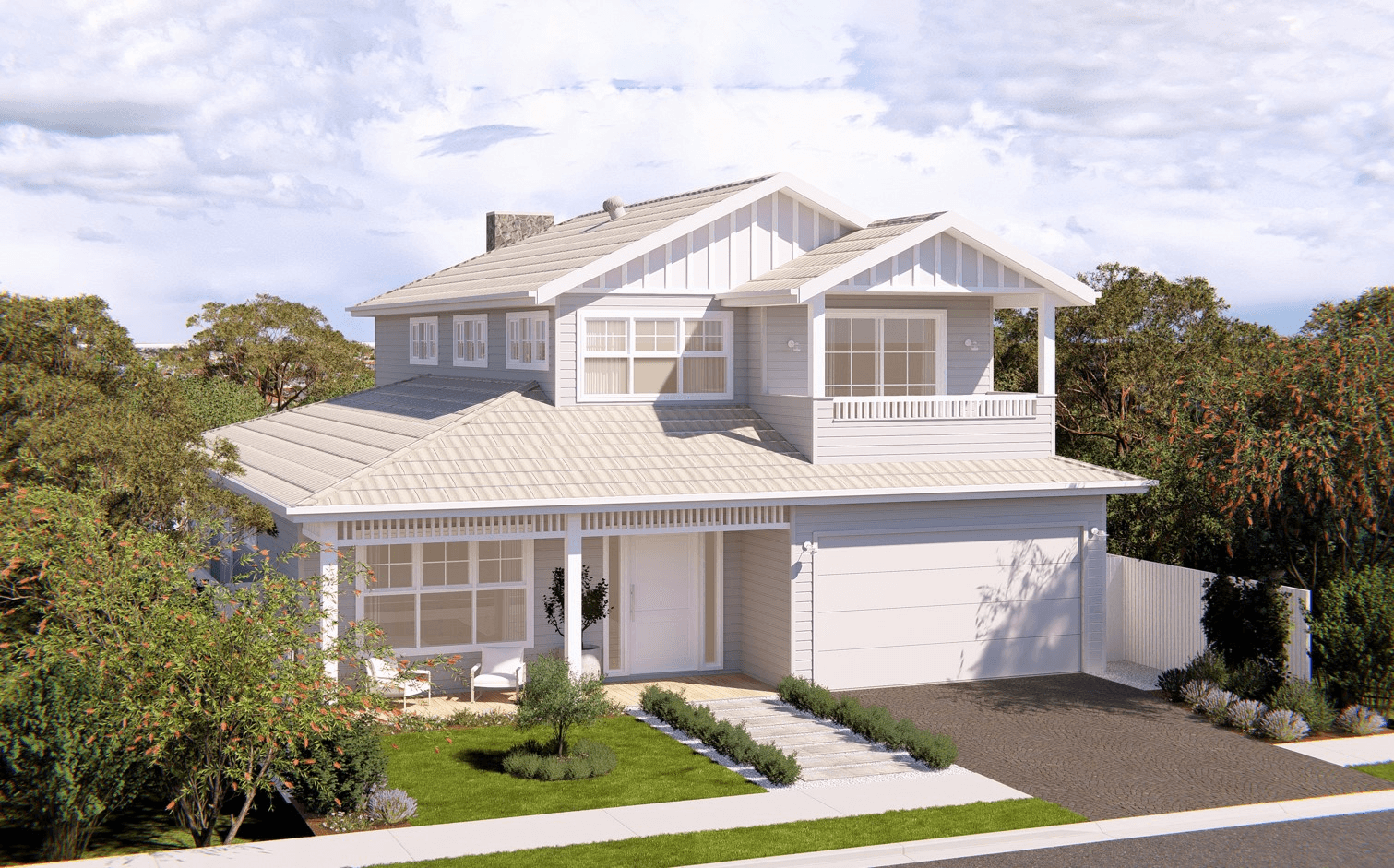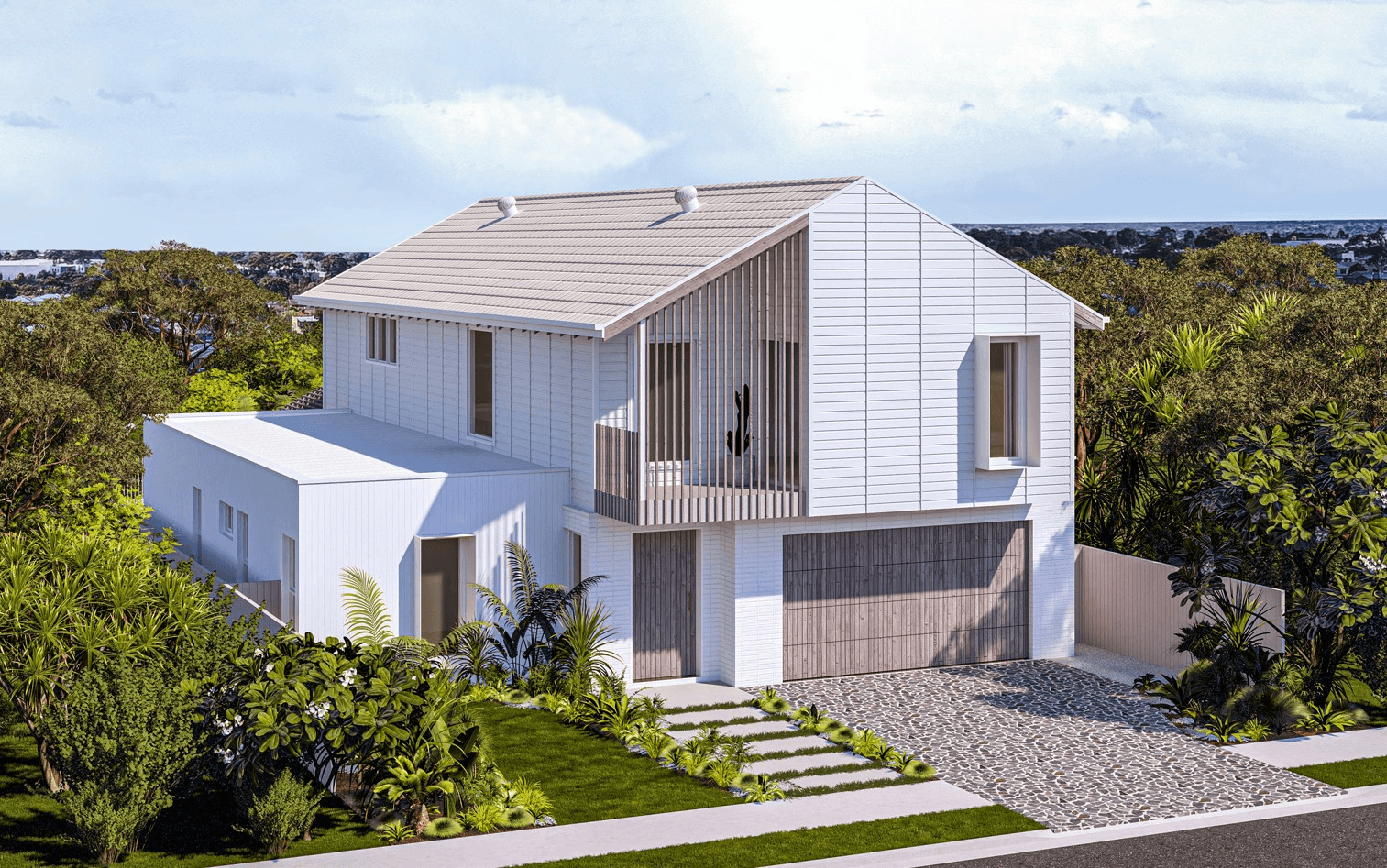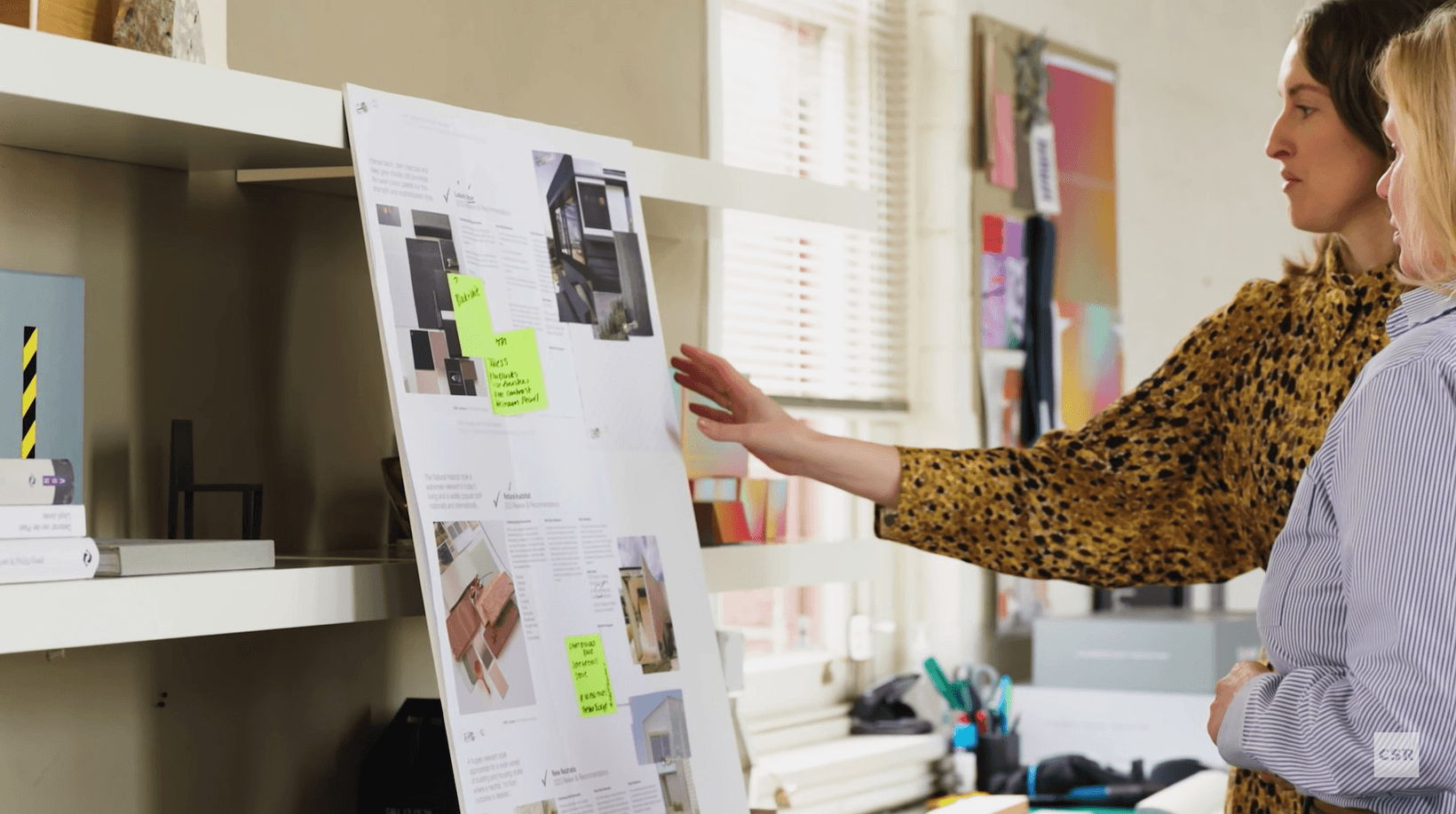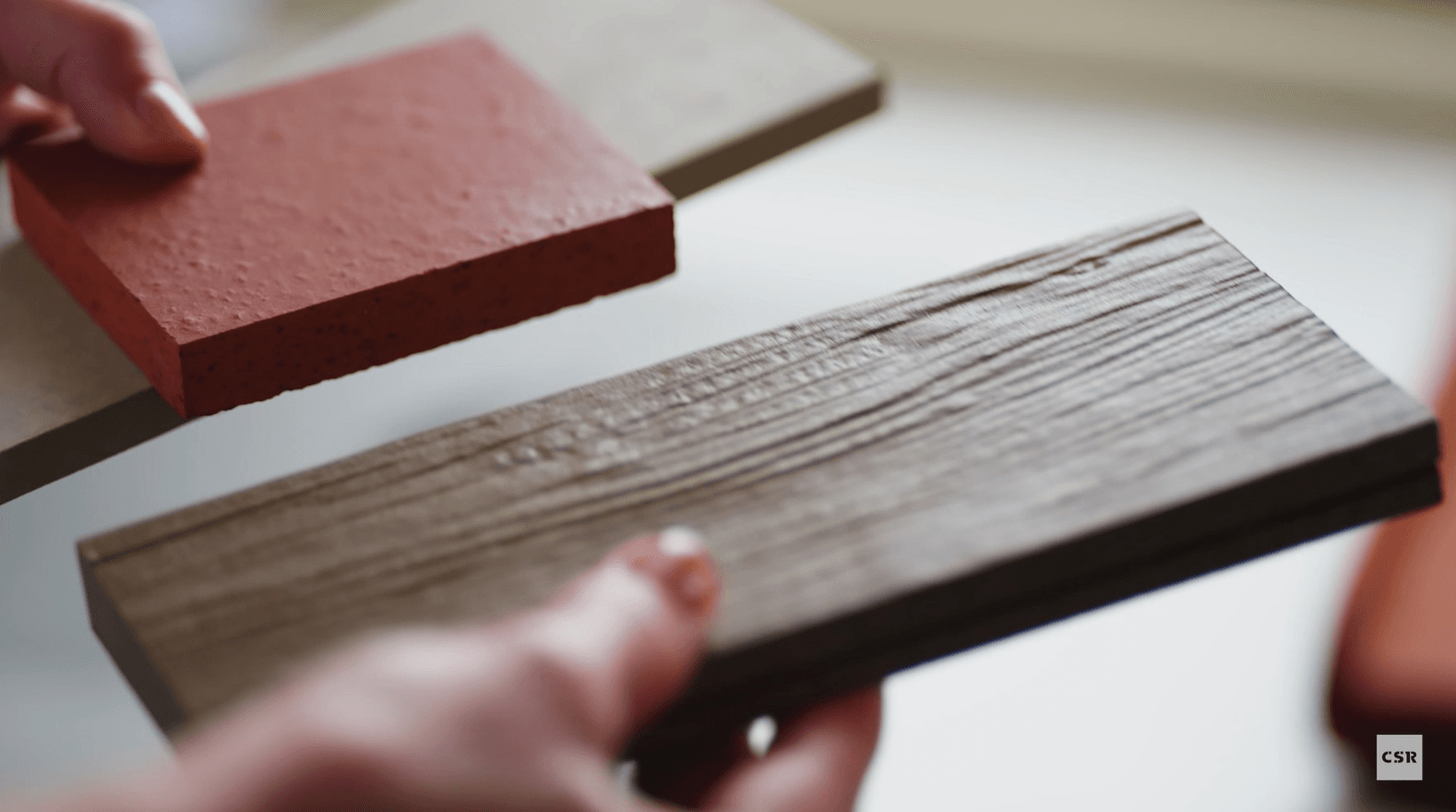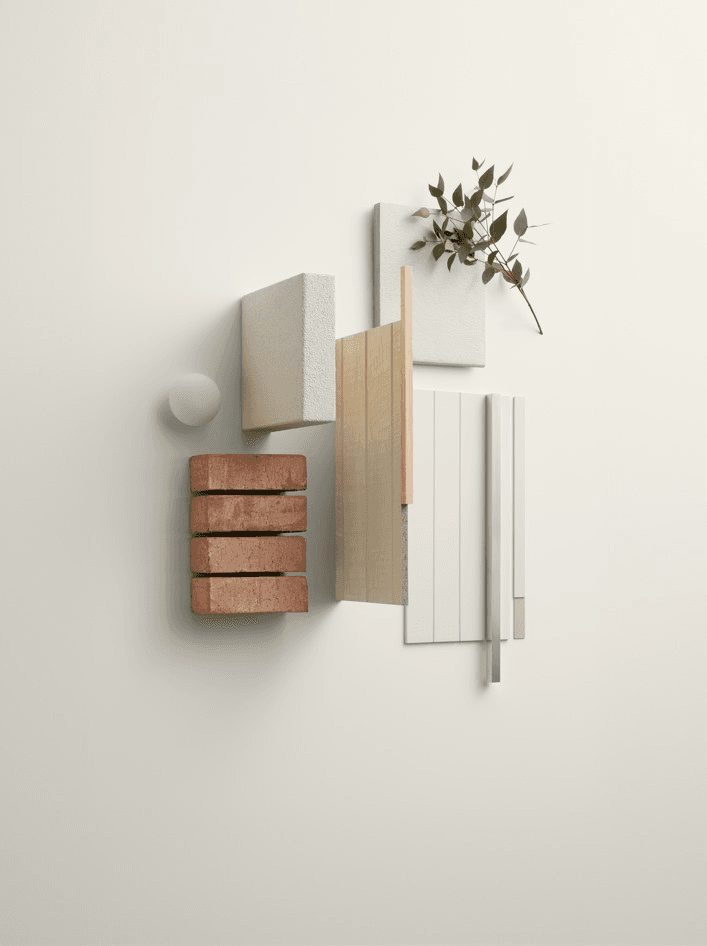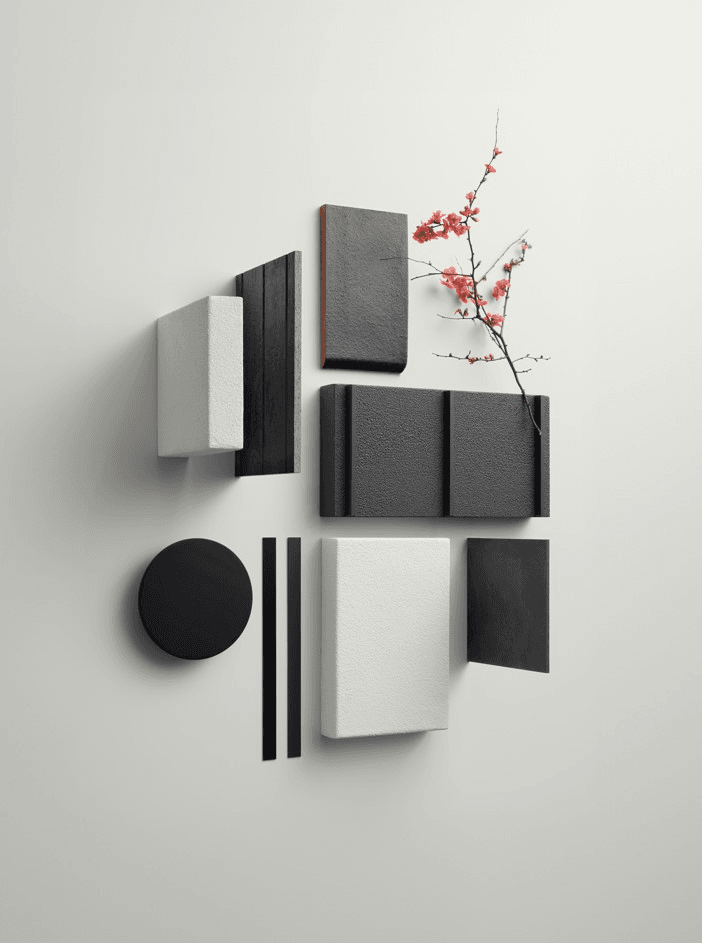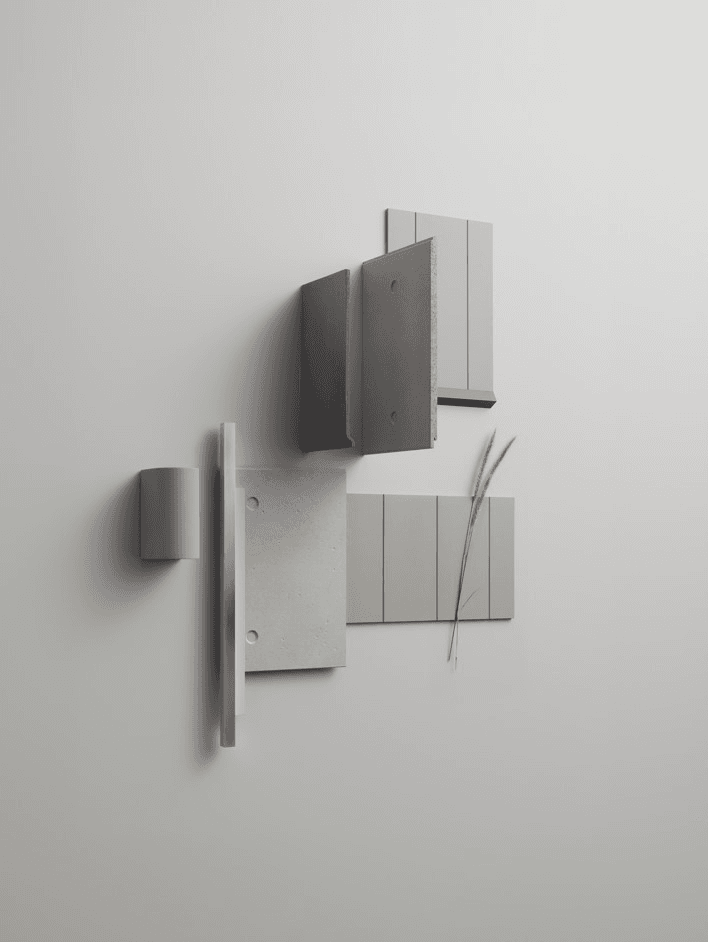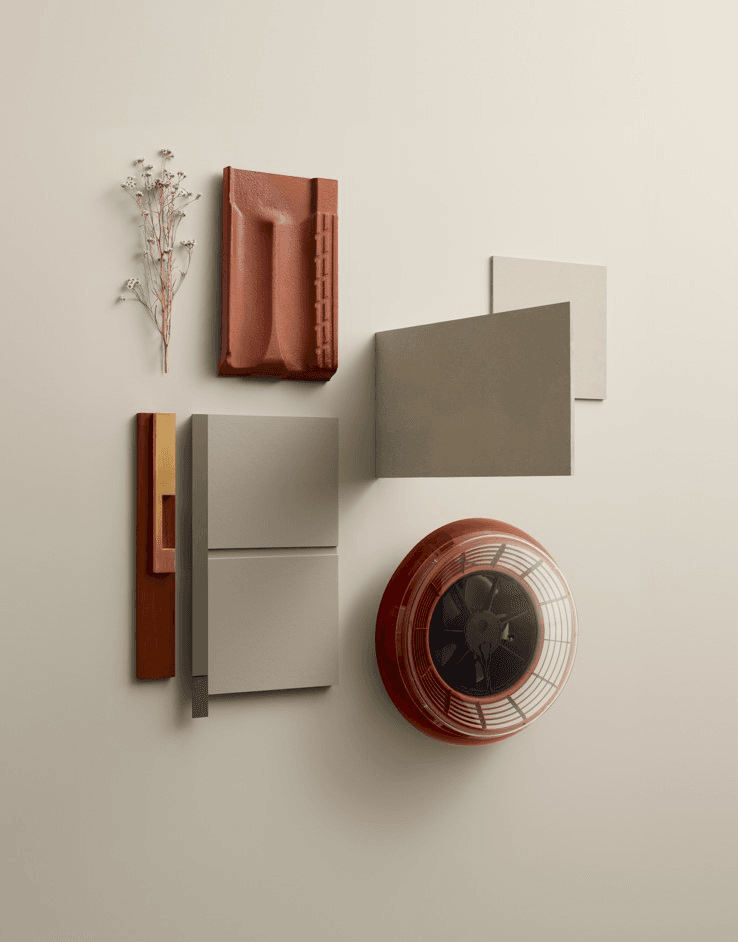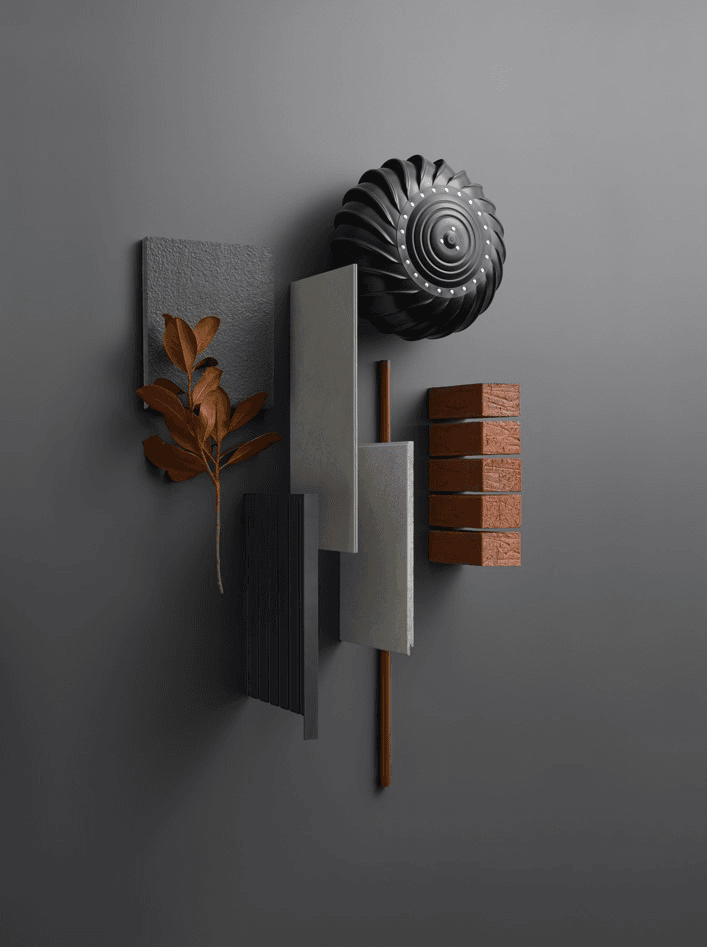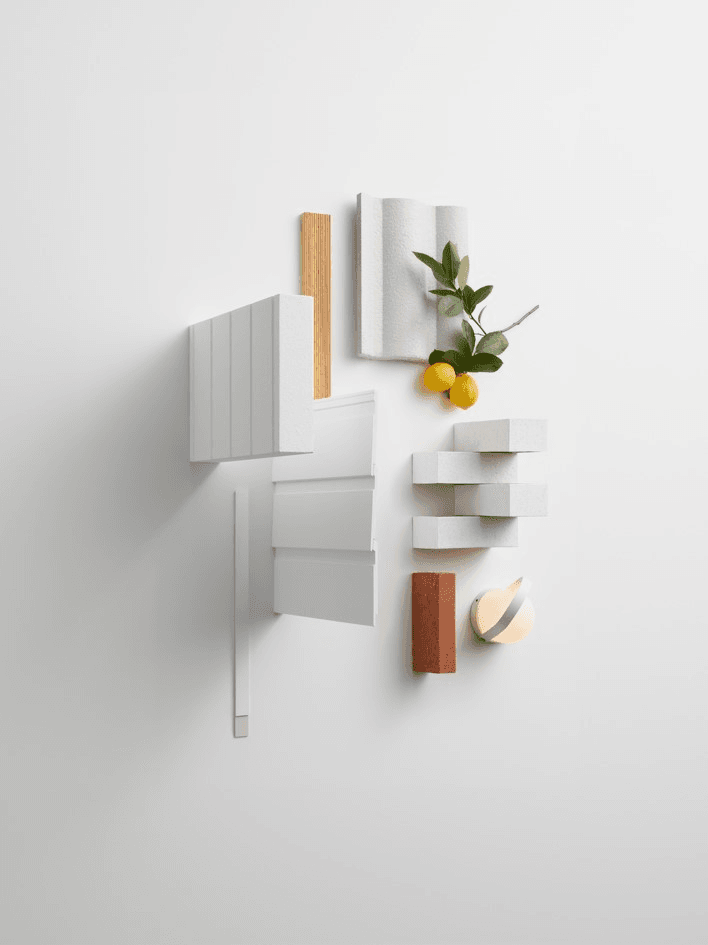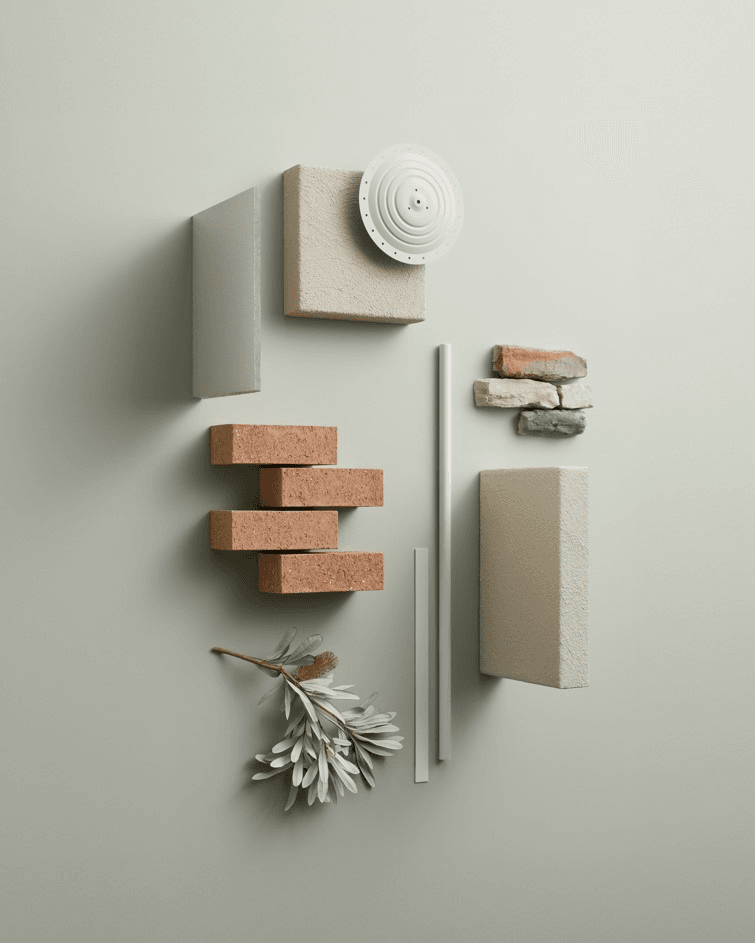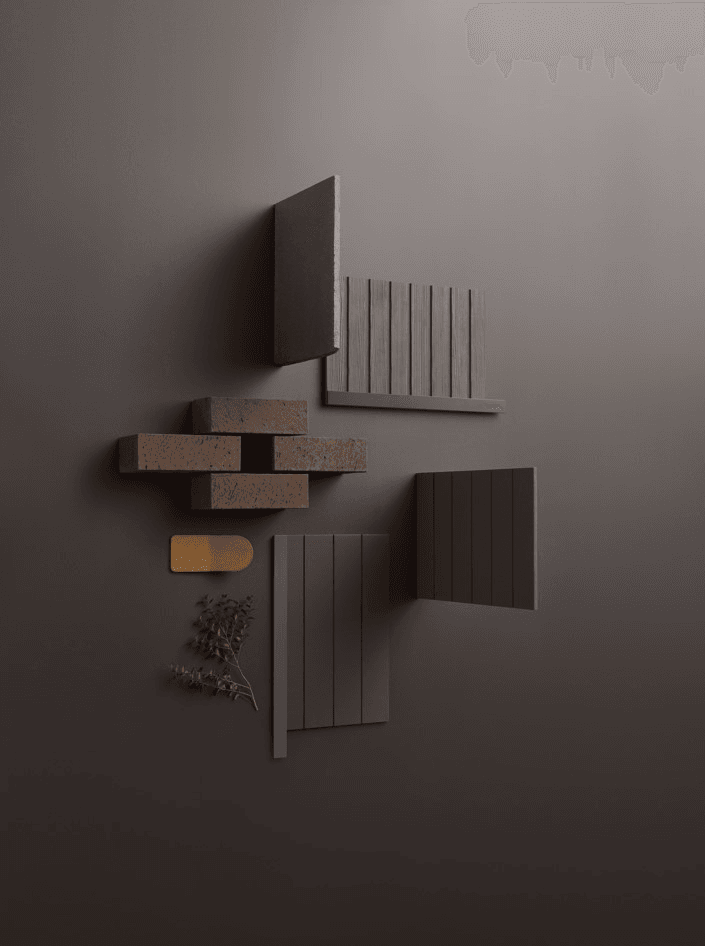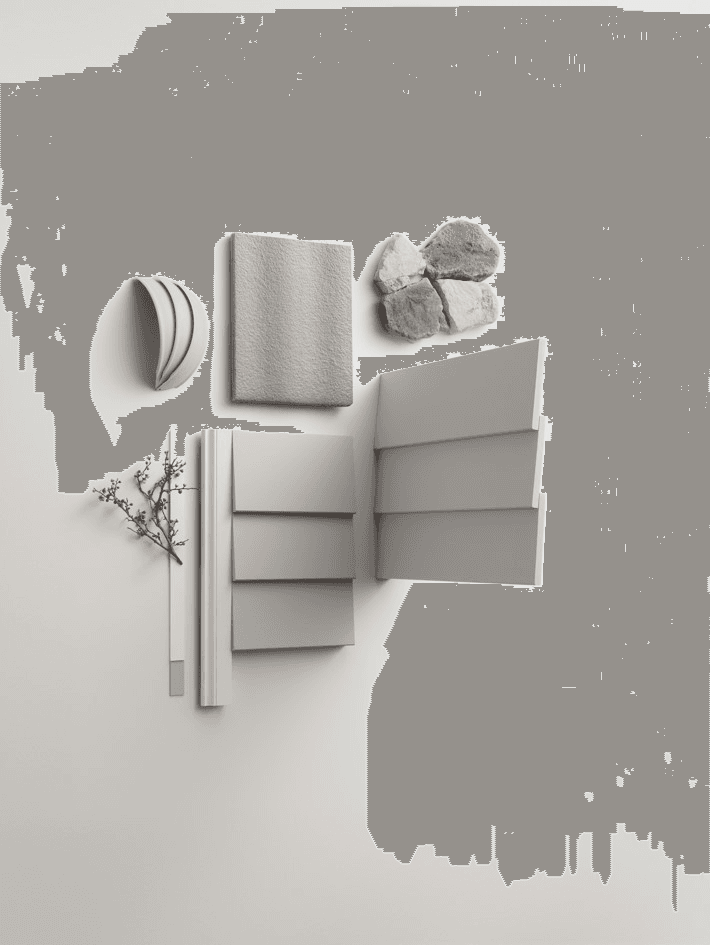CSR have worked closely with leading Australian design studio Nexus Designs to identify six home designs and nine exterior material colour palettes that hero the beauty, strength and design flexibility of our products and how they can be used on popular and emerging home styles.
We believe that the choices you make for the exterior of your home set the tone for your interior. These decisions will influence the way you and your family live and how your home will last well into the future.
This process in developing the CSR Style Guide is a collaborative one between Nexus Designs and the CSR team. Created over many months, and incorporating all pillars of the CSR business, it is inspired by global and local trends, adapted to suit the Australian way of life, home designs and our environment.
About Nexus Designs
The CSR Style Guide has been compiled with leading Australian design studio Nexus Designs, which has created enduring and personal design for more than 50 years. Multi-disciplinary, the studio offers an integrated service of interior design, product development, colour and trend analysis, graphic design and communication within the residential, commercial, government, education and building product manufacturing sectors.
Nexus Designs has worked with CSR to analyse and identify Australian design trends to help them fine-tune their product offerings and understand the emerging material colour palettes favoured by the industry.
